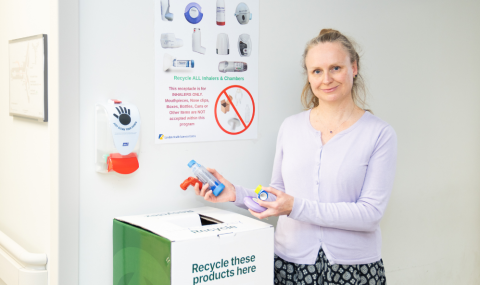Needs Assessment
It is important to be clear as to the purpose of the scenario - What is the problem you are trying to solve? How do you know it is an issue? How will you know if it gets better? Is this a gap in knowledge, skill or behavior? Perhaps you have been asked to test out a new process or identify gaps in a process or issues with the environment – what information do you need to get started. If you are trying to sell leadership on releasing staff to participate in a simulation you will need to establish the benefit to the organization as well as to the participants.
Potential sources of data to inform your needs assessment:
- Review of AEMS reports or critical events
- Use a recent patient case as basis for scenario
- Survey staff as to learning needs
- Ask leaders to identify performance gaps / process issues
- Request topic suggestions on feedback forms
- Required learning for maintaining certification
Identify Your Learners
You need to be clear on who the audience is for the simulation. Who are your learners? What is their background and experience related to the simulation?
Wherever possible you should include opportunities for learners from different disciplines and roles to learn together.
Benefits to Interprofessional Education include:
- Increased understanding of roles and skills
- improved respect between professional groups
- Building of interprofessional networks
- Wider perspective, improved communication and potentially a 'shared language ‘
- Greater cost-efficiency in the delivery of education
Learning Objectives
Learning Objectives are brief statements that describe what students are expected to learn. Effective learning objectives highlight expected student behaviours as well as the expected conditions and standards of performance.
When writing learning objectives begin by brainstorming a list of things you wish learners to know or do (Knowledge, Skills, Attitudes) and then think about how you will know if they are successful. Think in terms of behaviours (KSAs) that can be easily observed or measured.
Apply the SMART model to your learning objectives:
- Specific – what is it you wish learners to know or do (Knowledge, Skills, Attitudes) and under what conditions?
- Measurable – how will you measure performance and know they are successful?
- Attainable – can the learners meet the goals through simulation?
- Relevant – is the objective relevant to their role, level of education, and experience?
- Timely – can the learning objectives be met in the time allocated for the session?
Sample Learning Objectives:
At the end of this simulation the learner will be able to:
- Apply the ACLS algorithm to calculate the appropriate dosage of epinephrine for the simulated patient (Knowledge)
- Administer the epinephrine to the simulated patient via IV push adhering to safe medication administration procedures (Skill)
- Reflect on the effectiveness of the first dose of epinephrine given to a patient during a cardiac arrest (Attitude)


